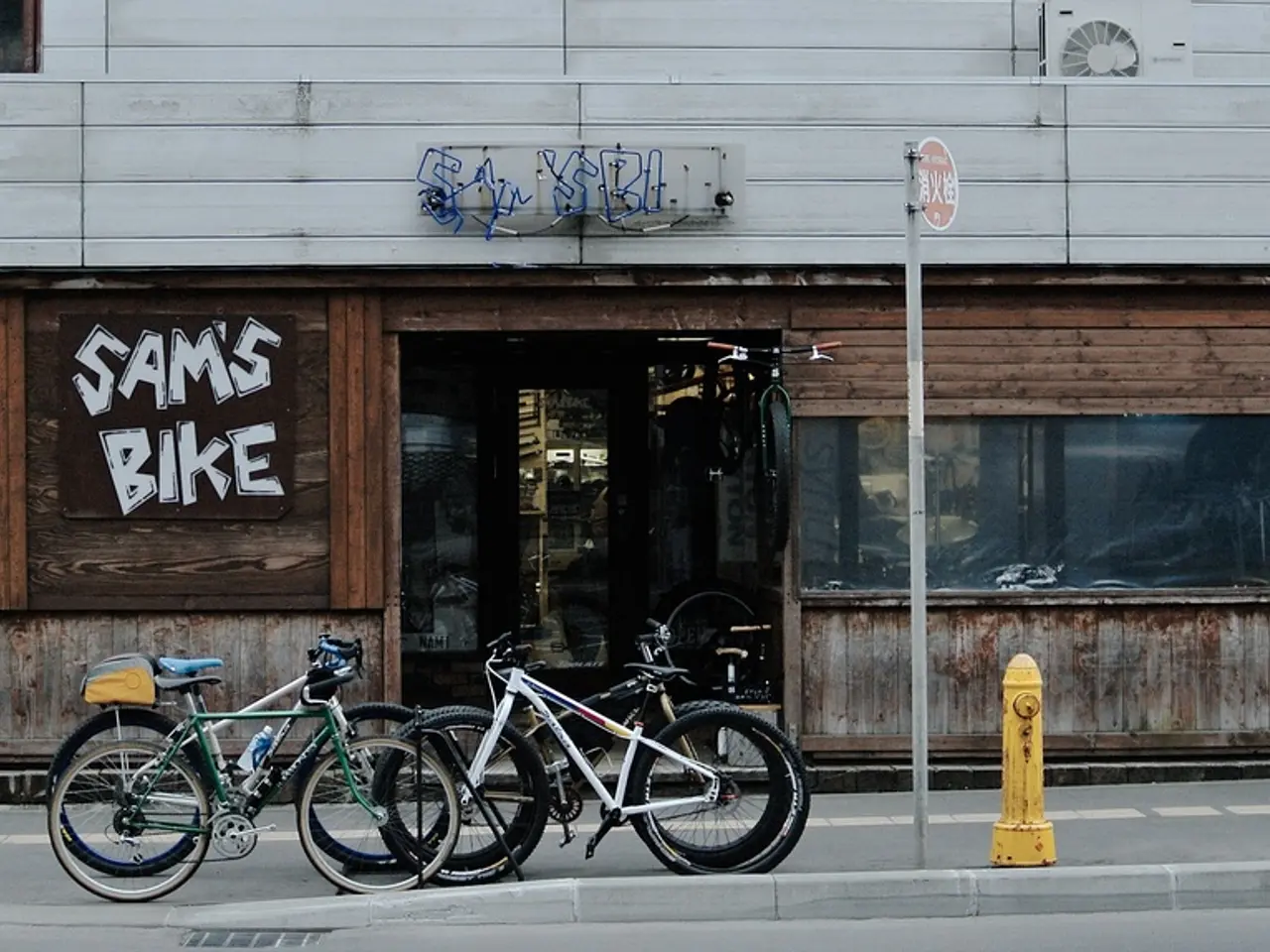Preparation Positions for Bushfire-Ready Homes: 7 Tasks to Consider
In the lead-up to the bushfire season, property owners in bushfire-prone areas are urged to take proactive measures to protect their homes. The Country Fire Authority (CFA) and other authorities have emphasised the importance of monitoring fire risks, obtaining necessary permits, and preparing properties before the Fire Danger Period begins.
One of the key steps in preparing your property is to clear flammable vegetation and debris around the home. This helps create a defendable space that can reduce the risk of property damage from bushfires. Maintaining lawns and gardens by regularly mowing and watering is also important.
Sealing gaps around the home is another effective way to prevent ember entry. Fire-retardant products can be used to seal gaps around window frames, and shutters can be installed to protect windows from cracking from flying embers. It may also help to seal the gaps around the door frame to prevent embers from entering the home.
Installing or maintaining ember-resistant vents and screens is another crucial step in preparing your home for bushfire season. The integrity of the roof should be checked, especially by professionals, and gutters should be cleared and free from leaves and debris to prevent them from acting as fuel for fires.
Trimming tree branches so they do not overhang the roof or touch walls is important, as is trimming your hedges. Where possible, replacing combustible door sills with a non-combustible product can help reduce the chance of embers igniting.
Window sills should be maintained so there is no flaking paint, as this is a combustible material that embers may ignite on. Installing metal screen doors over timber doors can also help reduce the chance of fire embers igniting the door.
Homeowners should regularly test equipment such as sprinklers, pumps, and generators that form part of their bushfire safety plan. Flammable liquids and woodpiles should be stored away from the property. Regularly maintaining the area around your property is essential to keep it free of excess vegetation and debris. Grass should be kept short, especially during bushfire season, as it burns faster than bush or forests.
The CFA advises Victorians living near forest, bush, grassland, or the coast to prepare their properties for bushfire season. For comprehensive official advice, homeowners should consult both the CFA and RACV websites or publications directly, as they provide detailed checklists and fact sheets tailored for different property types and risk levels.
In addition, it may be beneficial to review your home insurance coverage, including checking your policy Product Disclosure Statement (PDS) and contacting your insurer to discuss policy limits, optional extras, renewal date, and any other uncertainties. Cleaning gutters oneself can be risky, so safety precautions such as the use of gloves and non-slip shoes are advised.
Staying informed on fire danger ratings and warnings throughout the fire season is essential. The CFA's initiation of the Fire Danger Period signals the time when these preparations should be completed, and that homeowners should legally obtain permits for any activities such as burning off, reflecting local regulations.
The RACV survey indicates a strong community concern about bushfires, suggesting that RACV also emphasizes awareness and preparedness. However, no specific RACV-listed preparation actions were included in the results.
In conclusion, by following these guidelines and taking proactive measures to prepare your property, homeowners can help reduce the risk of property damage from bushfires. Stay safe and stay informed this bushfire season.
[1] Country Fire Authority. (2021). Fire Ready Victoria. Retrieved from https://www.cfa.vic.gov.au/plan-prepare/fire-ready-victoria/
[2] Victorian Parliament. (2021). RACV survey highlights community concern about bushfires. Retrieved from https://www.parliament.vic.gov.au/news/2021/april/racv-survey-highlights-community-concern-about-bushfires
Homeowners in bushfire-prone areas should consider improvements to their home-improvement and home-and-garden to enhance their lifestyle and reduce bushfire risk. This can include sealing gaps around the home to prevent ember entry, installing ember-resistant vents and screens, maintaining lawns and gardens, and trimming trees and hedges. Additionally, clearing flammable vegetation and debris around the home, examining roof integrity, and storing flammable liquids and woodpiles away from the property can significantly improve a home's fire safety. For a comprehensive list of preparation actions, homeowners should consult the CFA and RACV websites or publications.





